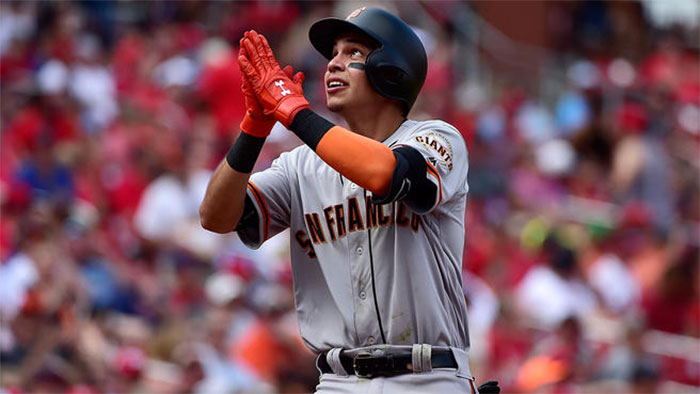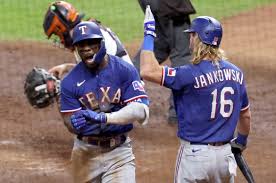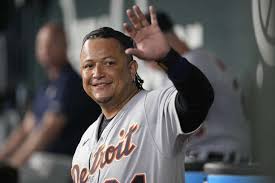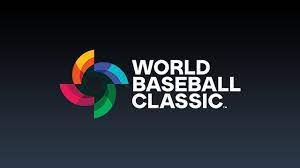We’re about halfway through April, the month that we’ve all been asked to be extra vigilant with social distancing, wearing our face masks, washing our hands and staying at home whenever possible. President Trump wants to reopen the country, but even though the curve has started to flatten in New York and a few California cities, we should all expect to be under lock down for the duration of May. If we’re all good soldiers, perhaps we can resume outdoor activities, head to the beach, play some golf and perhaps enjoy watching Major League Baseball.
Personally, I can’t imagine a summer without our National Pastime. It just seems unpatriotic. Americans are starving for sports entertainment…hell, the whole world is going crazy. But opening day was supposed to be on March 26th. Players have been sent home throughout the States and to several Latin America countries. The coronavirus has us in a choke hold, although President Trump promises that there is light at the end of the tunnel. Meanwhile, baseball executives are scrambling to save the day.
MLB Commissioner Rob Manfred and the players association reached a crucial agreement last week on adjusted guidelines moving forward, including service time, salaries, arbitration, split contracts, and an entire laundry list of pending topics. Still open for debate however, are planning a revised schedule and limited travel. One scenario being considered is for all 30 teams to play the entire season in Arizona at well-maintained Cactus League stadiums. There are about a dozen of these parks in the Phoenix area, plus the domed Chase Field where three games a day could be played in a climate-controlled setting.
Another idea would be to forget the National and American League concept and divide the teams up into new divisions. Clubs who conduct spring training games in Arizona would play there, while Grapefruit League clubs would play out their schedule in Florida. Then for the playoffs and World Series, neutral good weather cities like Los Angeles and San Diego could host the proceedings in late October and November. If all this can be sorted out, Manfred would like to tee things up the first week in June. That probably won’t fly because many veteran players will need a couple of weeks to get back in shape. From both a publicity and timing standpoint, I’m thinking the fourth of July weekend would be perfect. And that would provide much needed extra time to get things right.
All this preparation and “out of the box” thinking would seem to confirm what Commissioner Manfred said last month, that “everything is on the table.” The owners would stand to lose a lot of money if a 2020 season is saved. Game attendance, if there is any, would generate very little revenue. Every team has a cable television deal, but how would that work if games are played in a neutral market? That said, the owners are already losing money anyway, and they don’t want to look like the bad guys and throw in the towel.
Player’s union czar Tony Clark, now that key issues have been ironed out, is receptive to almost any plan to let the games begin.
“These guys want to play,” notes Clark. “That’s what they do.”
That is certainly true for the younger players, especially Latinos who need the money to send home. San Francisco Giants utility star Mauricio Dubon, the first player from Honduras to make it to “The Show,” is still a rookie and got married this past winter. Banking that MLB minimal pay scale of $563,500 means everything to this kid. But veteran southpaw pitcher Gio Gonzalez, now with the Chicago White Sox, isn’t all that excited.
“The world is out as a whole right now…it’s scary and not fun,” reflected Gonzalez from his home in Miami. “We all love baseball, but want to be realistic.”
Gonzalez, who was once linked to the 2013 Biogenesis scandal, apparently is not fond of testing and the possibility of quarantines.
“What am I going to do with my kids and my family,” asks Gio. “I’m not a robot. I’m not a lab rat.”
Gonzalez does have a valid point. If social distancing is still in effect, Manfred admits that all players could not be able to remain in the dugout. There would need to be a designated area roped off adjacent to the dugout for additional team members and assistants. Fans would have to space themselves out at least two seats apart. Players would also need to be tested every couple of weeks, and results must be delivered in a timely manner. What if a player or two tests positive? That’s another problem. Does the entire team need to be quarantined or just those individuals who were infected? It has been suggested that robots be used for plate umpires. But why would that be necessary if the catcher and hitter are even closer to each other?
We’ll see where we’re at when the end of April arrives. However, it’s doubtful that a final decision on baseball won’t be made until late May. Then the wheels will have to be put into motion immediately, or simply pull the plug and wait for football. One thing for sure, folks…it’s out of our hands.




